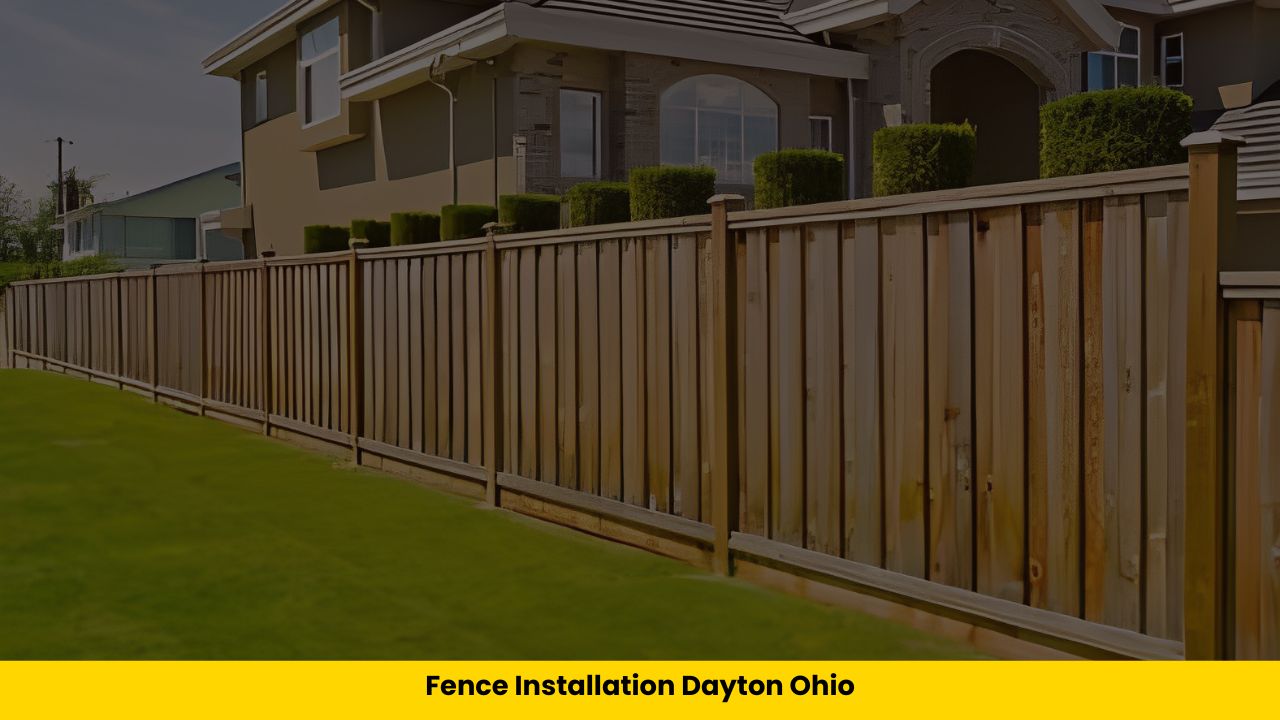Fencing serves diverse purposes, ranging from property delineation to livestock containment. The optimal spacing of its posts, including considerations such as the max distance between fence posts, significantly influences the efficacy and durability of a fence. This detailed guide explores nuanced considerations for achieving the right post spacing, catering to the needs of homeowners and agricultural landowners.
General Guidelines:
Determining the exact spacing between fence posts involves various variables. While specific measurements depend on project specifics, the following are approximate figures to adapt based on unique circumstances:
Residential Fencing:
- For decorative fences, 6 to 8 feet (180 to 240 cm) between posts is common.
- Privacy fences: Closer spacing of 4 to 6 feet (120 to 180 cm) for added stability.
Agricultural Fencing:
- High-tensile wire fencing: Spacing of 10 to 20 feet (300 to 600 cm) depending on livestock type.
- Wooden board fencing: Closer spacing of 6 to 10 feet (180 to 300 cm) for enhanced containment.
Environmental Considerations:
- In windy areas: Closer post spacing, perhaps 4 to 6 feet (120 to 180 cm), to counteract wind loads.
- Heavy snowfall regions: Closer spacing, around 4 to 6 feet (120 to 180 cm), to support the fence under snow load and maintain the maximum distance between fence posts.
Soil Composition and Climate:
- Clayey soil: Wider spacing, perhaps 8 to 10 feet (240 to 300 cm).
- Sandy soil: Closer spacing, around 6 to 8 feet (180 to 240 cm), to prevent shifting.
Security Fencing:
- Closer post spacing of 4 to 6 feet (120 to 180 cm) for added strength and deterrence.
For personalized assistance and expert advice tailored to your specific project in Dayton, Ohio, trust the specialists at Dayton Fence Company. As experts in fence installation in Dayton, Ohio, we are dedicated to providing optimal solutions for your unique requirements. Feel free to reach out to us at Fence Installation Dayton Ohio for a successful and durable fence installation.
Project-Specific Considerations:
Type of Fence:
The choice of fence type significantly influences post spacing, including factors such as typical fence post spacing. For decorative fences crafted from lightweight materials like vinyl or wood, closer post spacing is essential for stability and aesthetic appeal. Privacy fences, designed for solidity, demand even closer post spacing to withstand wind loads and provide structural integrity. Livestock fencing considerations vary based on the type of animals, with high-tensile wire fencing differing in post spacing from wooden board fencing. When deciding on the right fence type for your needs, it’s important to consider factors like chain link vs wood fence cost to make an informed choice.
Environmental Conditions:
Environmental factors play a crucial role in determining post spacing and fence post distance. In areas prone to high winds, closer post spacing is necessary to prevent fence panels from bowing or collapsing. Regions experiencing heavy snowfall should opt for closer post spacing to ensure the fence can bear the added weight. Understanding the unique environmental challenges of a location is paramount to a fence’s resilience.
Intended Purpose:
The primary purpose of the fence dictates post-spacing decisions, including considerations related to How To Install A Fence On A Slope. Security fences, designed to deter intruders, necessitate closer post spacing. Agricultural fences meant to contain livestock require different post spacing based on the size and type of animals. Careful consideration of the intended purpose ensures that the fence serves its function effectively.
Soil Composition:
Soil composition is a critical factor affecting the stability of fence posts. Clayey soil provides excellent support and may allow for wider post spacing, while sandy soil may require posts to be closer together to prevent shifting or leaning. Neglecting to assess soil composition can lead to unstable fences, underscoring the importance of soil analysis in the planning phase.
Climate:
Climate conditions have a lasting impact on the longevity of a fence. In humid climates, where wood decay is accelerated, closer post spacing is advisable for wooden fences. Conversely, in arid regions where moisture is scarce, posts may need to be placed closer together to ensure stability. Climate considerations, including typical fence post spacing, are fundamental to the long-term resilience of the fence against the elements.
Common Mistakes to Avoid:
Avoiding common mistakes is crucial for a successful fencing project, and this includes paying attention to factors such as soil conditions and wind loads. Neglecting these considerations can lead to unstable foundations and fence failure. Addressing these oversights during the planning stage, including proper fence space, ensures a more robust and reliable fence in the long run.
Insights into Post Materials:
Different materials offer distinct advantages. Wood, appreciated for its aesthetic appeal, requires regular maintenance but can be sturdy with proper care. Metal, whether in the form of steel or aluminum posts, provides durability and demands less maintenance. When planning your fencing strategy, it’s essential to consider factors like material choice and optimal fence post distance for a successful and lasting installation.
Technological Advancements:
Recent technological advancements introduce new dimensions to fencing. Composite materials offer a blend of durability and low maintenance, providing an alternative to traditional options. Smart fencing, incorporating sensors and automation, brings enhanced security and monitoring capabilities. Staying abreast of these innovations allows property owners to make informed decisions aligning with modern advancements.
Conclusion:
Determining How Far Apart Should Fence Posts Be is a meticulous process that demands thoughtful consideration of various factors. This includes understanding the type of fence, environmental conditions, intended purpose, soil composition, climate, and more. Property owners, whether aiming to enhance curb appeal or safeguard agricultural assets, can utilize the insights from this detailed guide to make informed decisions for a stable and durable enclosure. With careful planning and attention to optimal fence post spacing, a successful fence installation project can be achieved, meeting both aesthetic and functional requirements.

